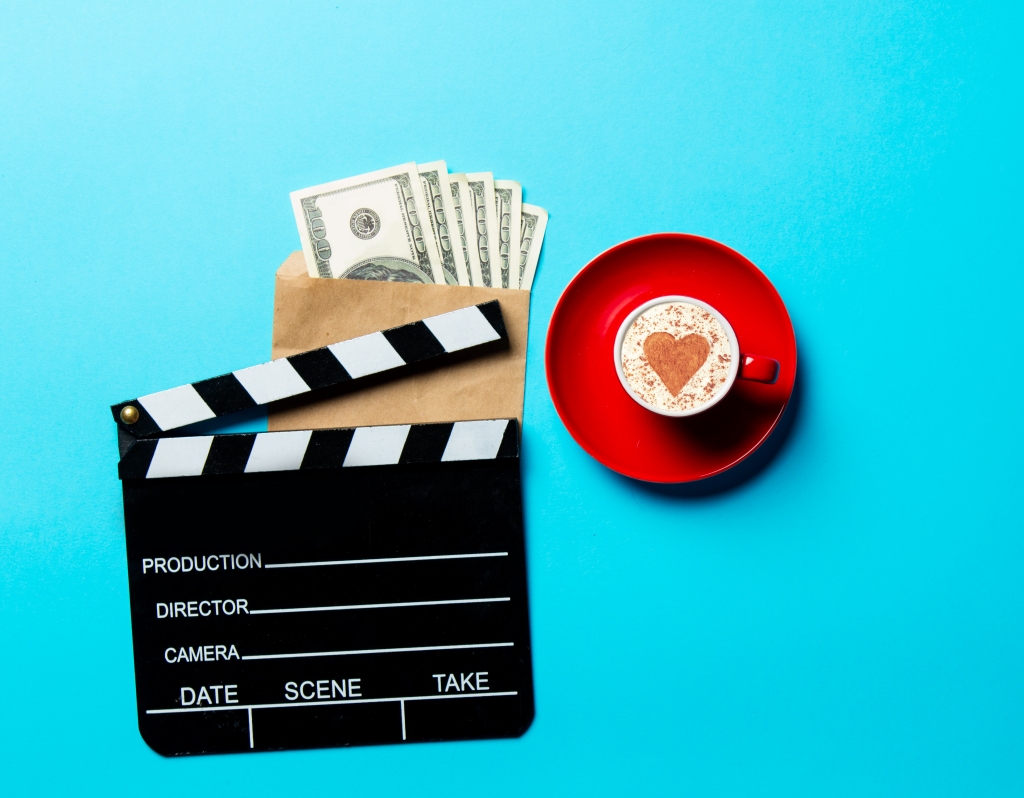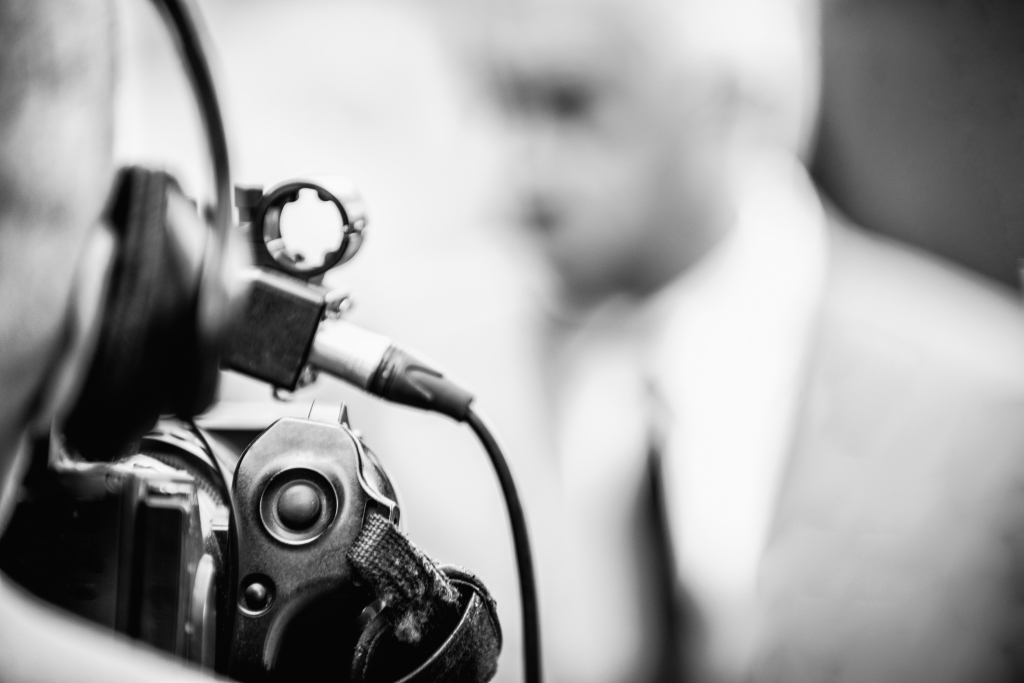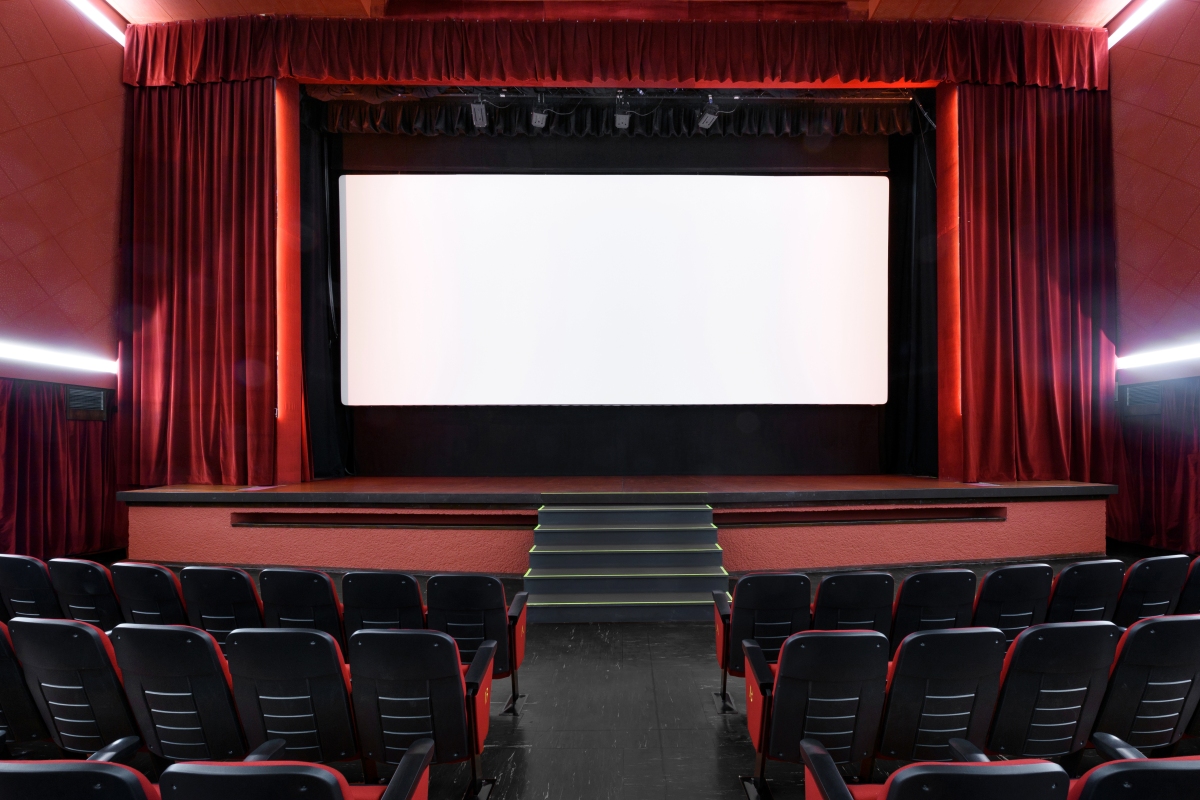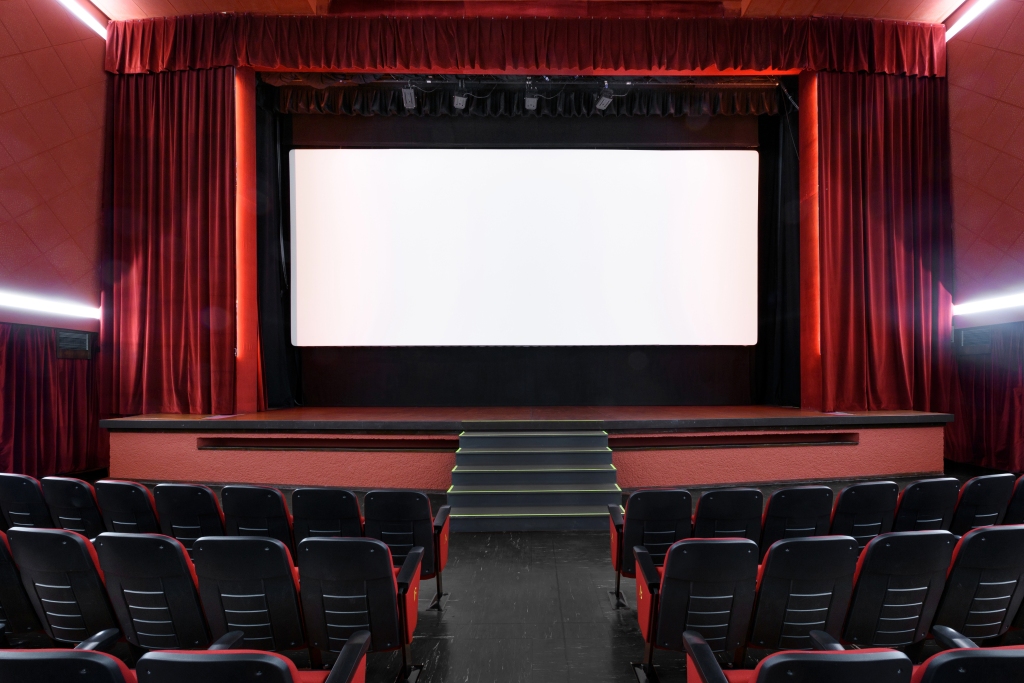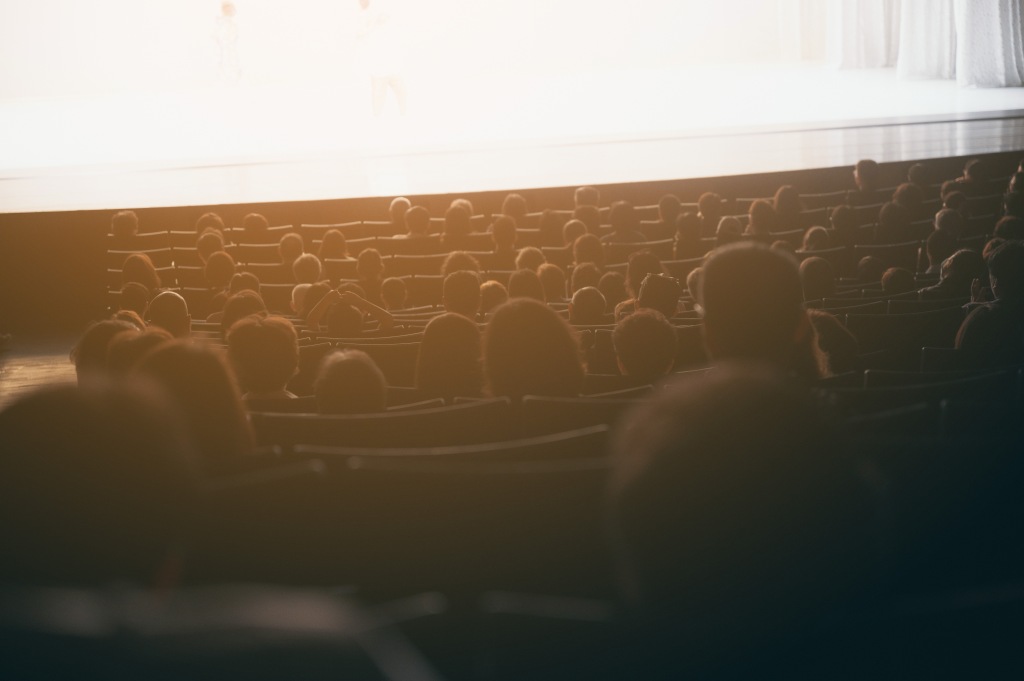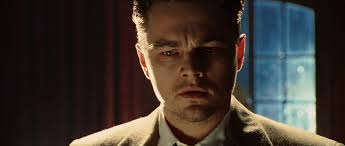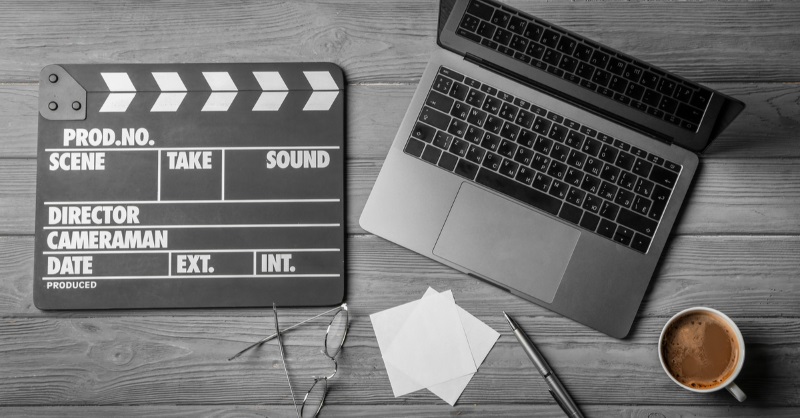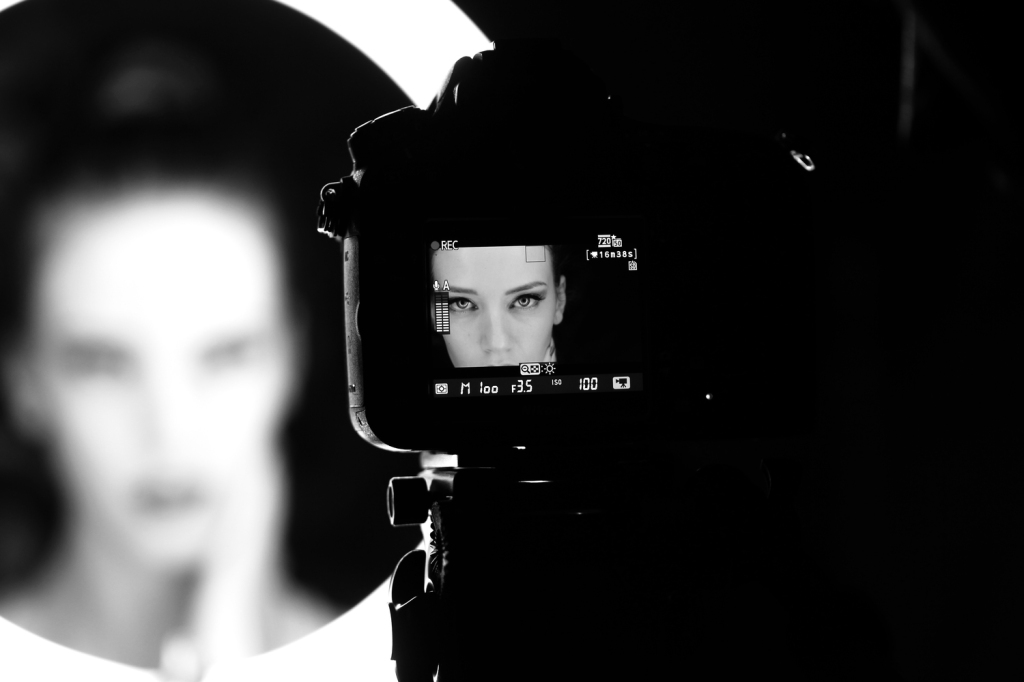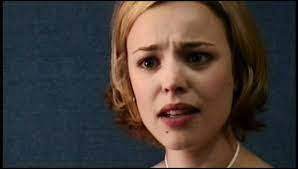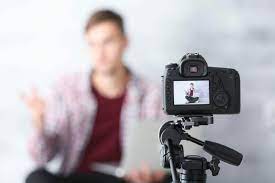As an avid reader, particularly of self-help and personal development books, I’ve always found inspiration in unexpected places. One book that has continually influenced me is Napoleon Hill’s “Think and Grow Rich.” I’m fortunate to own an original format copy, and I’ve been a long-time admirer of Hill’s timeless principles.
Recently, while re-reading this classic and reflecting on my experiences in indie filmmaking, I realized how many of Hill’s ideas could be applied to the world of micro-budget cinema. Today, I want to share some of these insights with you, fellow filmmakers, and explore how they can help us navigate the challenges of creating impactful films with limited resources.
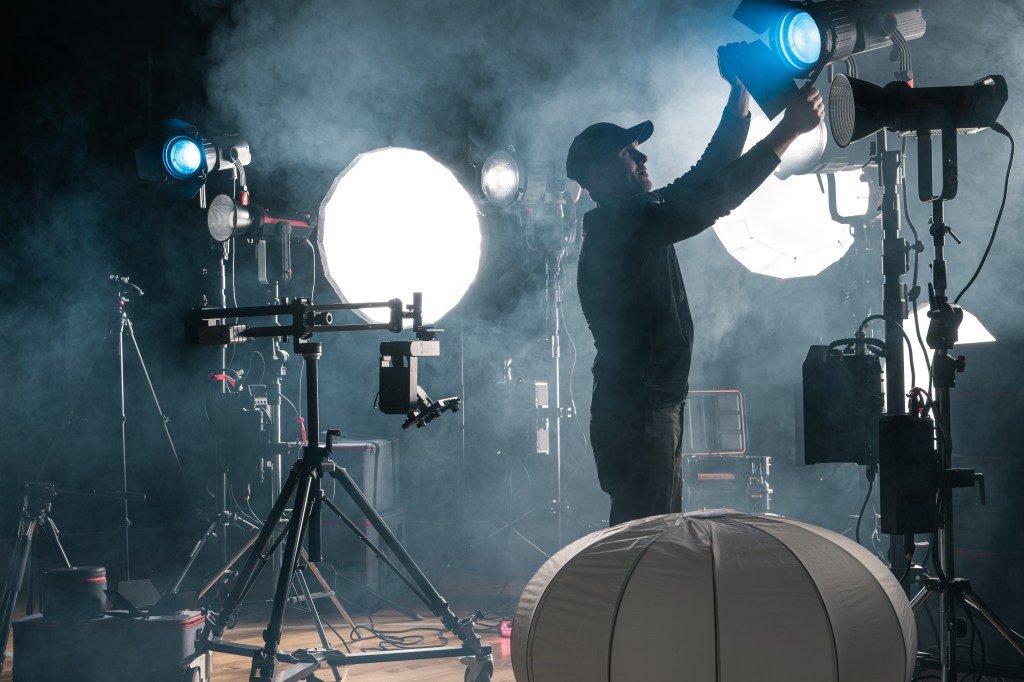
Let’s dive into some key principles from “Think and Grow Rich” and see how they translate to our world of shoestring budgets and big dreams:
1. Cultivate Unwavering Passion
Hill emphasized the importance of a “burning desire” to achieve your goals. In micro-budget filmmaking, this translates to an absolute commitment to your project. Your passion will be the driving force that keeps you going when faced with inevitable setbacks and resource constraints.
Tip: Regularly remind yourself why your story needs to be told. Keep your film’s core concept visible in your workspace for daily inspiration.
2. Plan Meticulously
Careful planning is crucial in micro-budget filmmaking. Break down your film into manageable components and create detailed plans for each aspect – from pre-production to distribution. This level of organization will help you maximize your limited resources.
Tip: Create a comprehensive production timeline and budget. Identify potential challenges and brainstorm solutions in advance.

3. Develop Resilience
Hill stressed the importance of persistence, and this couldn’t be more relevant in indie filmmaking. You’ll face numerous rejections and setbacks. Your ability to bounce back and keep pushing forward will ultimately determine your success.
Tip: After each setback, take time to reflect on what you’ve learned. Use these insights to strengthen your approach moving forward.
4. Build a Supportive Network
Hill discussed the concept of a “Master Mind” group – a collective of individuals who support and enhance each other’s efforts. In filmmaking, this translates to building a strong, committed team and network of like-minded creatives.
5. Hone Your Unique Skills
While general filmmaking knowledge is important, developing specialized skills can set you apart. Identify areas where you can offer unique value to your projects and focus on mastering them.
Tip: Continuously educate yourself. Whether it’s through online courses, workshops, or hands-on experience, keep refining your craft.

6. Turn Limitations into Opportunities
Hill emphasized finding opportunity within every setback. In micro-budget filmmaking, constraints often spark creative solutions that can make your film stand out. Embrace the challenge of working with limited resources and let it fuel your creativity.
Tip: When faced with a resource constraint, challenge yourself and your team to find innovative workarounds that enhance your story rather than detract from it.
By applying these principles, micro-budget filmmakers can develop the mindset and habits necessary for success in a challenging industry. Remember, your greatest assets are your creativity and determination. With these tools, even the smallest budget can yield remarkable results.
As I’ve applied these principles to my own filmmaking journey, I’ve found them incredibly valuable. The combination of Hill’s timeless wisdom and the practical realities of indie filmmaking has helped me overcome numerous obstacles and continue pursuing my passion.
We’d love to hear from you: What strategies have you found most effective in overcoming the challenges of micro-budget filmmaking? How have you applied principles from self-help or other unexpected sources to your creative work? Share your experiences in the comments below, and let’s learn from each other. After all, in the world of indie film, our collective knowledge is one of our greatest assets.
As always be inspired, be encouraged, and be collaborative.
Saki Bomb
Subscribe to the blog!!! Follow us on instagram @_shootingfromthehip
